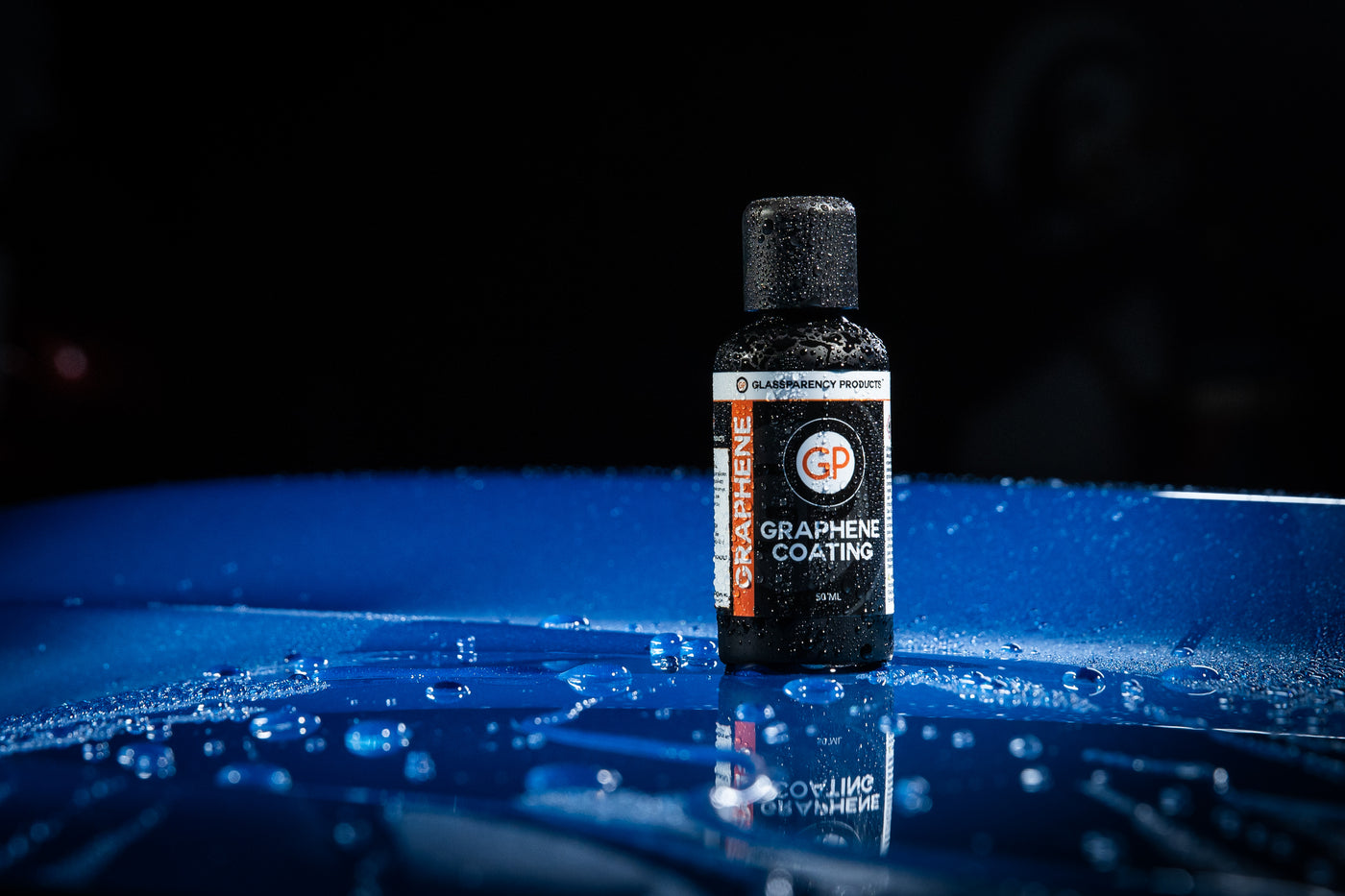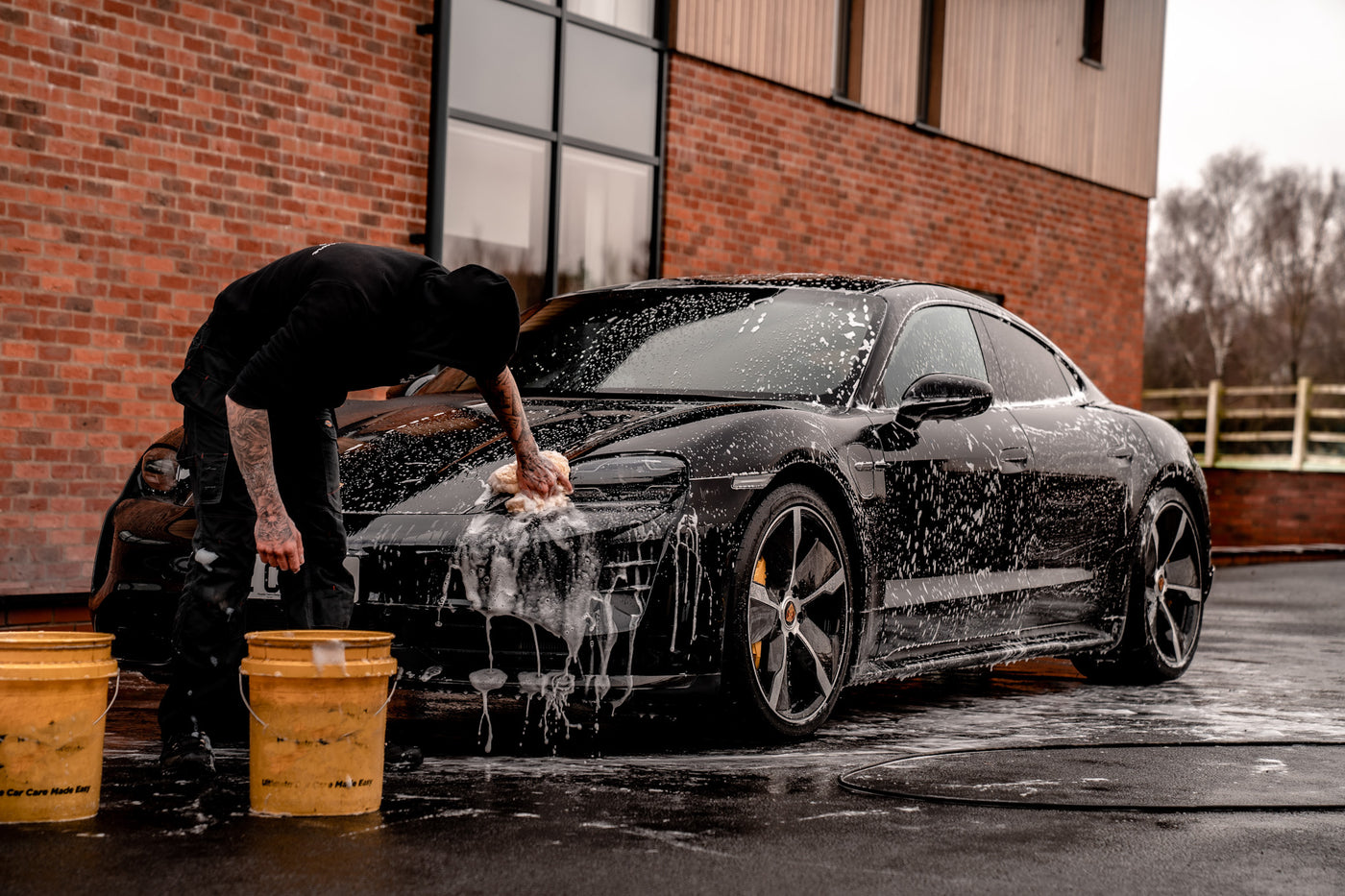To remove ceramic coating on a car, you can use a combination of abrasive polishing compounds and a machine polisher. Start by washing the car thoroughly, then apply the abrasive compound to the coated surfaces and use the machine polisher to buff away the coating.
Finally, wipe the surfaces clean with a microfiber cloth and inspect for any remaining coating. Do you want to restore your car’s paintwork to its original shine? Over time, ceramic coating on a car can become worn or damaged, requiring removal before applying a fresh coat.
We’ll provide a step-by-step guide on how to effectively remove ceramic coating from your car, so that you can prepare the surface for a new application. Whether you’re a car enthusiast or just looking to refresh your ride, learning how to remove ceramic coating can help you maintain your car’s appearance and protect its paintwork for the long term.

Credit: www.nasiol.com
Methods For Removing Ceramic Coating
Ceramic coating is a popular protective layer applied to cars to keep them looking shiny and new for an extended period. However, there might come a time when you need to remove the ceramic coating to reapply or switch to a different protectant. Here are some methods for removing ceramic coating effectively:
Mechanical removal involves physically abrading the ceramic coating off the car’s surface. This method is time-consuming and requires patience, but it can effectively remove stubborn ceramic coatings.
Chemical removal involves using specialized products that break down the ceramic coating, making it easier to remove from the car’s surface. This method is quicker but requires careful handling of the chemicals and following safety precautions.

Credit: glassparency.com
Mechanical Removal
Ceramic coating removal through mechanical methods involves physically stripping the coating from the car’s surface. This requires careful attention to prevent damage to the paint beneath the coating. Here are two common methods for mechanically removing ceramic coatings:
Clay Bar Method
Start by thoroughly cleaning the car to remove any dirt or debris. Then, using a clay bar lubricated with detailing spray, gently rub the affected area in a back-and-forth motion. This process helps to lift the ceramic coating off the paint, leaving it smooth and ready for reapplication.
Polishing Method
If the ceramic coating is particularly stubborn, using a mechanical polisher with a polishing compound can effectively remove the coating. Apply the compound to the affected area and use the polisher to buff away the coating, revealing the underlying paint.
Chemical Removal
If you want to remove ceramic coating from your car, chemical removal is a highly effective method. It involves using solvents like acetone or isopropyl alcohol that break down the coating, making it easier to remove.
Strongacetone Method/strong
To remove ceramic coating using the acetone method, follow these steps:
- Ensure you are in a well-ventilated area.
- Gently apply acetone to a soft cloth or sponge.
- Thoroughly wipe the coated surface in small circular motions.
- Rinse the area with water and dry it with a clean cloth.
- Repeat the process if any residue still remains.
Important: Remember to wear gloves and eye protection to keep yourself safe when working with acetone.
Strongisopropyl Alcohol Method/strong
Another effective method to remove ceramic coating is using isopropyl alcohol. Here’s how you can do it:
- Choose a well-ventilated area to work in.
- Dampen a clean cloth or sponge with isopropyl alcohol.
- Gently rub the coated surface in small circular motions.
- Repeat the process until the coating starts to dissolve.
- Clean the area with water and dry it with a cloth.
Note: Make sure to wear gloves and eye protection when working with isopropyl alcohol.
Tips And Safety Precautions
When it comes to removing ceramic coating from your car, it is important to take the proper precautions to ensure a safe and effective process. In this section, we will discuss some key tips and safety measures that you should follow to make the task easier and avoid any potential risks.
Work In A Well-ventilated Area
Before you begin the ceramic coating removal process, it is crucial to choose a well-ventilated area to work in. Ceramic coating removal products often contain strong chemicals that can release fumes, which can be harmful if inhaled. By working in a well-ventilated space, you can minimize the risk of harmful fume inhalation.
Use Protective Gear
Protecting yourself from the chemicals used in the coating removal process is of utmost importance. Wear gloves made of chemical-resistant materials to protect your hands from direct contact with the coatings and the chemicals. Additionally, wearing safety goggles will protect your eyes from any splashes or accidental contact with the product.
You should also consider wearing a long-sleeved shirt and long pants, as well as closed-toe shoes, to further protect your skin from any potential contact with the coating removal chemicals.
Follow Manufacturer’s Instructions
Every ceramic coating removal product comes with specific instructions from the manufacturer. These instructions are designed to ensure the best results and promote safety during the process. It is crucial to carefully read and adhere to these instructions before beginning the removal process.
Following the manufacturer’s instructions will not only help you achieve the desired results effectively but also minimize any potential risks or damages that may occur due to improper use of the product. This includes applying the product within the recommended temperature range, allowing proper dwell time, and using the correct dilution ratios.
By working in a well-ventilated area, using protective gear, and following the manufacturer’s instructions, you can safely and effectively remove ceramic coating from your car. Taking these precautionary measures will not only protect you from any potential harm but also ensure a smooth and successful coating removal process.

Credit: glassparency.com
Frequently Asked Questions For How To Remove Ceramic Coating On Car
What Is Ceramic Coating And Why Is It Used?
Ceramic coating is a liquid polymer applied to the car’s exterior to protect it from UV rays, dirt, and scratches. It provides a glossy finish and is hydrophobic, meaning it repels water. Ceramic coating increases the longevity of the car’s paint job and reduces the need for frequent washing and polishing.
How Long Does Ceramic Coating Last On A Car?
The durability of ceramic coating depends on various factors, such as the quality of the product and how well it is applied. Generally, a high-quality ceramic coating can last between 2 to 5 years. However, proper maintenance and regular inspections can help extend its lifespan.
How Can I Remove Ceramic Coating From My Car?
To remove ceramic coating, you can use a specialized ceramic coating remover or a clay bar. Apply the remover or lubricating solution to a small section at a time and use a microfiber towel or sponge to gently rub in a circular motion.
Rinse thoroughly and repeat if necessary.
Can I Remove Ceramic Coating Without Damaging The Car’s Paint?
Yes, it is possible to remove ceramic coating without damaging the car’s paint if done properly. It is important to use a gentle technique and appropriate products designed for ceramic coating removal. Avoid using abrasive tools or harsh chemicals that could scratch or strip the paint.
Conclusion
Removing ceramic coating on your car may seem like a daunting task, but with the right techniques and products, it can be done effectively. From using a clay bar to gently remove the coating, to applying a solvent to dissolve any remaining residue, these steps will help restore your car’s original shine.
Remember to always follow the instructions and take proper precautions when handling chemicals. By removing the ceramic coating, you can prepare your vehicle for new applications or simply enjoy the natural beauty of your car.